China : Unmatched Growth and Demand Trends
China holds a commanding market share of 45% in the APAC 4x4 van market, valued at $2100.0 million. Key growth drivers include rapid urbanization, increasing disposable incomes, and a growing preference for versatile vehicles. Government initiatives promoting electric vehicles and improved infrastructure are further fueling demand. The industrial development in regions like Guangdong and Jiangsu enhances production capabilities, making it a hub for automotive manufacturing.
India : Rising Demand and Urbanization
India accounts for 25% of the APAC market, valued at $1200.0 million. The growth is driven by increasing urbanization, a burgeoning middle class, and a shift towards personal mobility. Government policies favoring local manufacturing and infrastructure development, such as the Bharatmala project, are enhancing road connectivity. The demand for 4x4 vans is also rising in rural areas, where they serve both personal and commercial purposes.
Japan : Quality and Efficiency at Forefront
Japan holds a 15% market share, valued at $800.0 million. The market is driven by technological advancements and a strong focus on quality. Japanese consumers prefer fuel-efficient and compact 4x4 vans, leading to increased demand for hybrid models. Government regulations promoting eco-friendly vehicles and stringent safety standards are shaping the market. The Tokyo metropolitan area is a key market, with high demand for versatile vehicles.
South Korea : Diverse Offerings in 4x4 Segment
South Korea represents 10% of the APAC market, valued at $600.0 million. The market is characterized by fierce competition among local and international players. The demand for 4x4 vans is driven by lifestyle changes and the popularity of outdoor activities. Government incentives for electric vehicles and improved road infrastructure are also contributing to growth. Cities like Seoul and Busan are key markets, with a focus on family-oriented vehicles.
Malaysia : Cultural Preferences Drive Demand
Malaysia accounts for 6% of the APAC market, valued at $300.0 million. The growth is fueled by a rising middle class and a preference for versatile vehicles that cater to both family and business needs. Government initiatives promoting local manufacturing and infrastructure improvements are enhancing market conditions. Key markets include Kuala Lumpur and Penang, where demand for 4x4 vans is increasing due to urbanization and tourism.
Thailand : Key Market for Adventure Vehicles
Thailand holds a 8% market share, valued at $400.0 million. The growth is driven by the tourism sector, which increases demand for 4x4 vans for both personal and commercial use. Government policies supporting tourism and infrastructure development are enhancing market conditions. Key cities like Bangkok and Chiang Mai are significant markets, with a focus on vehicles suited for adventure and outdoor activities.
Indonesia : Rising Urbanization and Mobility Trends
Indonesia represents 10% of the APAC market, valued at $500.0 million. The growth is driven by rapid urbanization and a growing middle class seeking versatile vehicles. Government initiatives to improve road infrastructure and promote local manufacturing are also key factors. Major cities like Jakarta and Surabaya are critical markets, with increasing demand for 4x4 vans for both personal and commercial use.
Rest of APAC : Diverse Needs Across Sub-regions
The Rest of APAC accounts for 1.5% of the market, valued at $321.68 million. This segment includes various smaller markets with unique demands for 4x4 vans. Growth is driven by local preferences and specific applications in agriculture and tourism. Government policies vary widely, impacting market dynamics. Countries like Vietnam and the Philippines are emerging markets, with increasing interest in versatile vehicles for both personal and commercial use.




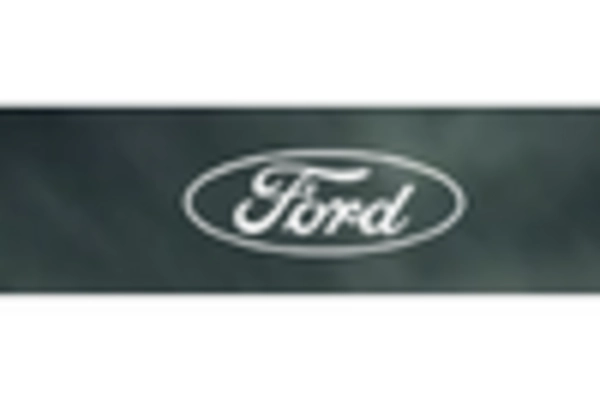
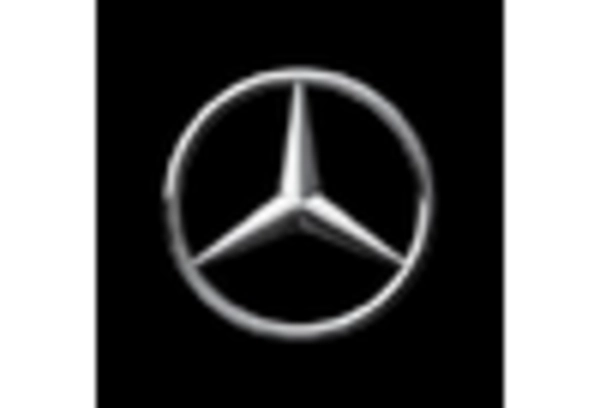
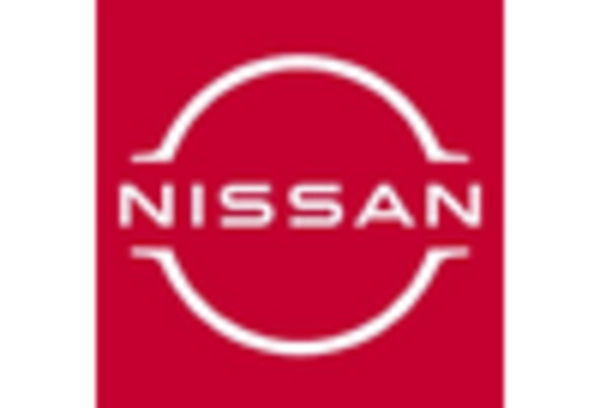
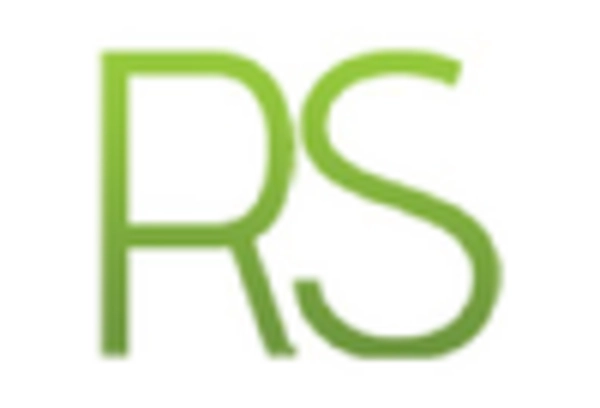
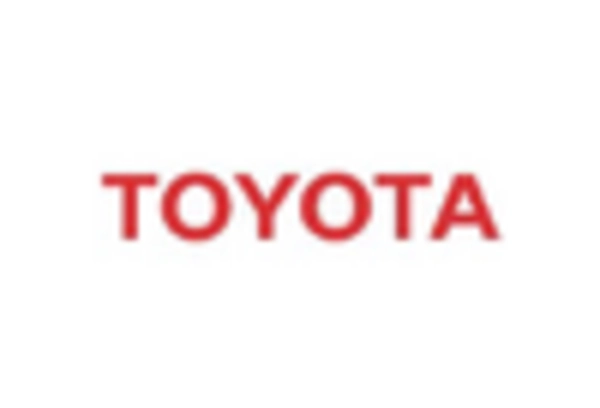
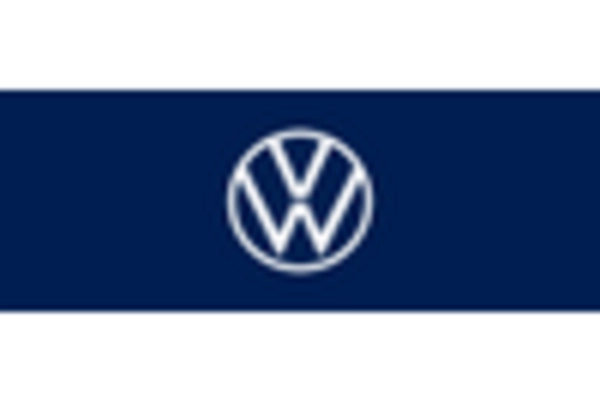








Leave a Comment